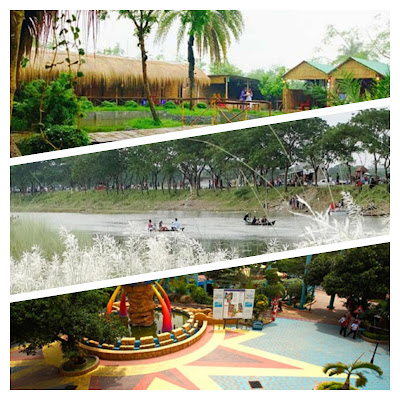Taka-Museum- Is- A- First- Taka- Museum- In- Bangladesh.
Taka (Jadughrar) Museum – Mirpur,Dhaka.
The country's first 'Money Museum' was established on October 5, 2013 by the initiative of Bangladesh Bank to preserve the monetary history of Bangladesh and the world, highlight the tradition and development of currency among the general public. A 'Taka Jadughar' has been set up on the second floor of the Bangladesh Bank Training Academy in Mirpur of the capital.
There are piles of money on the wall. Colorfully designed money. There is money. However, most of this money is immobile. What happens if they become obsolete, they have antique value. The museum is decorated with almost all the coins used in this land since ancient times. I am talking about the only money museum in Bangladesh. It is located on the second floor of Bangladesh Bank Training Academy, Section 2, Mirpur.
The museum is arranged with two galleries. The first gallery displays the oldest printed coins of the region. The main feature of this coin is how many symbols are printed. These coins, made of common silver, began to circulate in the sixth century BC. Many such coins have been found in Uari-Bateshwar in Mahasthangarh and Narsingdi districts of Bangladesh.
Many more rare coins are housed in this money museum. There are coins of the Gupta era, coins of post-Gupta era Bengal, silver coins of Harikela kingdom from 7th to 9th century AD and coins of various eras including kali used in place of metal coins in Bengal from antiquity to the first half of the 19th century. Apart from this, there are all the coins that have been used in Bangladesh so far.
Currencies of about 120 countries of the world have been placed here. Through three pictures (diorama) the system of currency exchange and savings of Bengal is shown.
Originally in 2009, the Currency Museum was launched in the main building of Bangladesh Bank. The Taka Museum is actually its extended and modernized form. This money museum has a system of preservation and display of metal coins and paper notes of different periods starting from ancient Bengal to modern times. Along with this, ancient wooden boxes and iron chests for storing coins have been found here.
A money tree is built on the left wall of the museum entrance. The building is framed by a tree-like steel structure, on which are arranged replicas of coins of various periods. A little further, you will see beautiful terracotta on the wall. This terracotta depicts a sequence of transactions from ancient times to modern times.
The second floor is arranged in two galleries. The first gallery showcases a pictorial representation of the history of the evolution of coinage in the Indian subcontinent. The first showcase contains minted silver coins from the 4th century BC to the 2nd century BC. Thus, Krishan coins used from the first century to the second century BC, Harikal silver coins used from the seventh century to the ninth century, coins of the Delhi Sultanate period, coins used during the reign of the independent Sultans of Bengal, including British period, Pakistan period and Bangladeshi coins are kept in the glass house.
The exhibition of the number two gallery of Taka Museum is arranged in the currency of different countries. Paper notes and coins of different countries of the world including China, Afghanistan, Cambodia, Haiti, Bahrain, New Zealand will be seen here. Unique designs and their presentation. After seeing the money of various countries, you can become a millionaire by printing your picture on the lakhs of rupees of your country for just 50 rupees.
There is a souvenir shop in the money museum. There are commemorative coins and notes, money museum monograph with museum publications, silver jubilee commemorative of Bangladesh Bank, commemorative of World Cup Cricket organized in Bangladesh, commemorative of 90th anniversary of national poet Kazi Nazrul Islam's rebellious poem, commemorative of 40th anniversary of Victory Day, commemorative of Japanese coin set. here The price of a souvenir is posted on a piece of paper outside the shop.
Notes on paper:
Along with paper notes of different countries and different periods of the world, the former Soviet Union, former Czechoslovakia, pre-World War II Japanese dollars, Italy, former divided Germany, Afghanistan, China, Latin America, Hungary, Bulgaria, Vietnam and communist Poland notes are stored in this museum. There are also paper notes of India, Pakistan and Bangladesh.
Coins on important occasions:
So far, 11 commemorative coins and 3 commemorative notes have been printed to commemorate various important events, days and legendary people including the Bangladesh language movement, liberation war. These are prominently displayed in the money museum.
Address of Money Museum:
Bangladesh Bank Training Academy, (2nd Floor)
Mirpur Section No. 2,
Dhaka
Schedule of visit to Taka Museum:
The museum is open from 11 am to 5 pm
Open on Fridays from 4 pm to 7 pm
Weekly closed Thursday.
Money Museum Ticket Information:
There is no entry fee to the 'Taka Jadughar'.
also visit:







Comments
Post a Comment